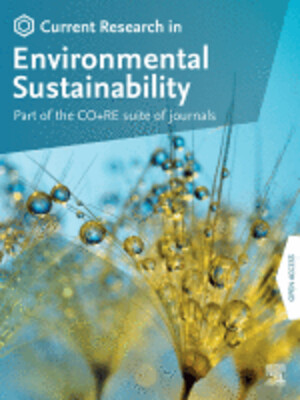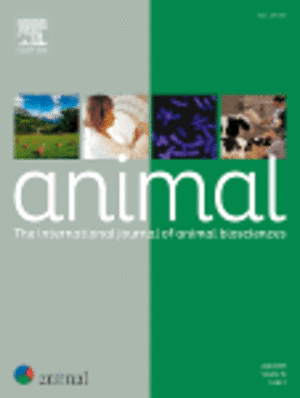
Regional drivers of diversification in the late Quaternary in a widely distributed generalist species, the common pheasant Phasianus colchicus
Abstract
Pleistocene climate and associated environmental changes have influenced phylogeographic patterns of many species. These not only depend on a species’ life history but also vary regionally. Consequently, populations of widespread species that occur in several biomes might display different evolutionary trajectories. We aimed to identify regional drivers of diversification in the common pheasant, a widely distributed ecological generalist.Asia.Common pheasant Phasianus colchicus.Using a comprehensive geographical sampling of 204 individuals from the species’ entire range genotyped at seven nuclear and two mitochondrial loci, we reconstructed spatio‐temporal diversification and demographic history of the common pheasant. We applied Bayesian phylogenetic inference to describe phylogeographic structure, generated a species tree and inferred demographic history within and migration between lineages. Moreover, to establish a taxonomic framework, we conducted a species delimitation analysis.The common pheasant diversified during the Late Pleistocene into eight distinct lineages. It originated at the edge of the Qinghai–Tibetan plateau and spread to East and Central Asia. Only the widely distributed lowland lineage of East Asia displayed recent range expansion. Greater phylogeographic structure was identified elsewhere, with lineages showing no sign of recent demographic changes. One lineage in south‐central China is the result of long‐term isolation within a climatically stable but topographically complex region. In lineages from arid Central Asia and China, range expansions were impeded by repeated population fragmentation during dry glacial periods and by recent aridification.Spatio‐temporal phylogeographic frameworks of widespread taxa such as the common pheasant provide valuable opportunities to identify divergent drivers of regional diversification. Our results suggest that diversification and population histories in the eight distinct evolutionary lineages were shaped by regionally variable effects of past climate and associated environmental changes. The evolutionary history of the common pheasant is best reflected by its being split into three species.
Citation
Liu, S., Liu, Y., Jelen, E., Alibadian, M., Yao, C.-T., Li, X., Kayvanfar, N., Wang, Y., Vahidi, F.S.M., Han, Jian-Lin, Sundev, G., Zhang, Z. and Schweizer, M. 2020. Regional drivers of diversification in the late Quaternary in a widely distributed generalist species, the common pheasant Phasianus colchicus. Journal of Biogeography 47(12): 2714-2727.










